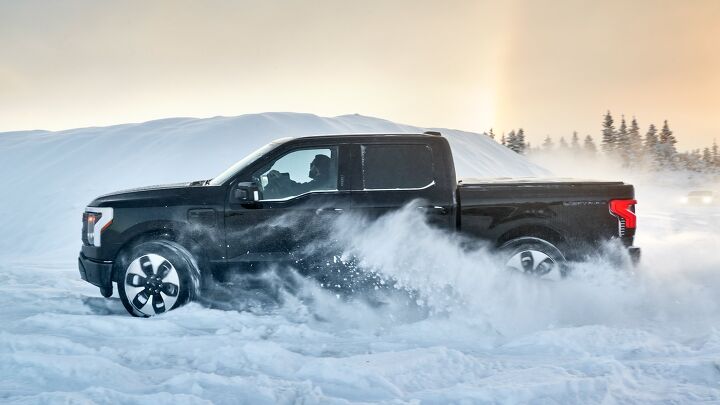
EV battery technology has progressed to the point that range anxiety is becoming a thing of the past – at least on paper. A new study from Consumer Reports found that real-world driving ranges often fall way short of automakers’ advertised range estimates, but some exceed their on-paper numbers.
The publication tested 22 cars at highway speeds of 70 mph until they ran completely out of charge, after which they were towed to a charger. While many stopped when the range reached zero, some continued on. The BMW iX covered an additional 30 miles after “running out” of charge.
Of the 22 models tested, almost half fell short, with the Ford F-150 Lightning being one of the worst offenders, shaving 50 miles off its range estimate. The Lucid Air missed by 40 miles, and the Tesla Model S fell short by 39. Some BMW and Mercedes-Benz models exceeded their estimates by 40 miles or more.
The EPA’s range estimates simulate city and highway driving for a combined rating. Consumer Reports noted that this isn’t always accurate, as EVs tend to be less efficient at higher speeds on highways than commuting around town. It’s also important to note that where you live and how you drive can have an outsized impact on range, as people with lead feet or those living in colder climates may find a significant drop in range.
[Image: Ford]
Become a TTAC insider. Get the latest news, features, TTAC takes, and everything else that gets to the truth about cars first by subscribing to our newsletter.

